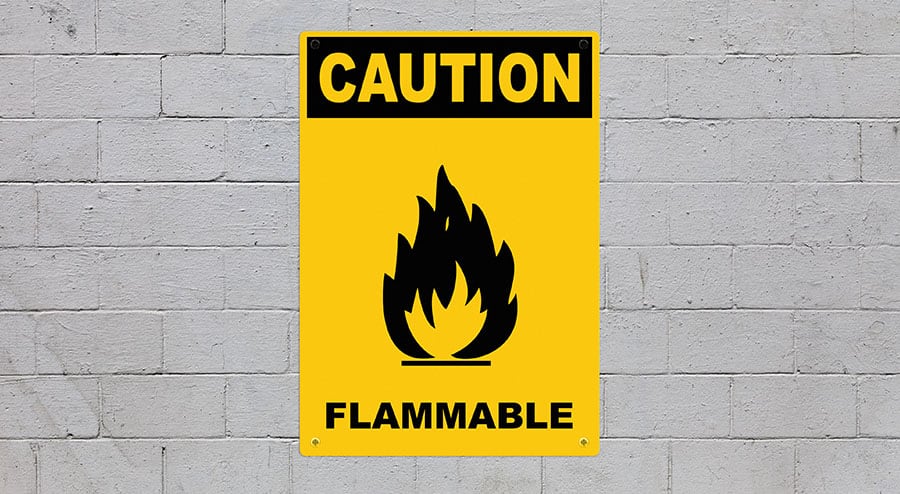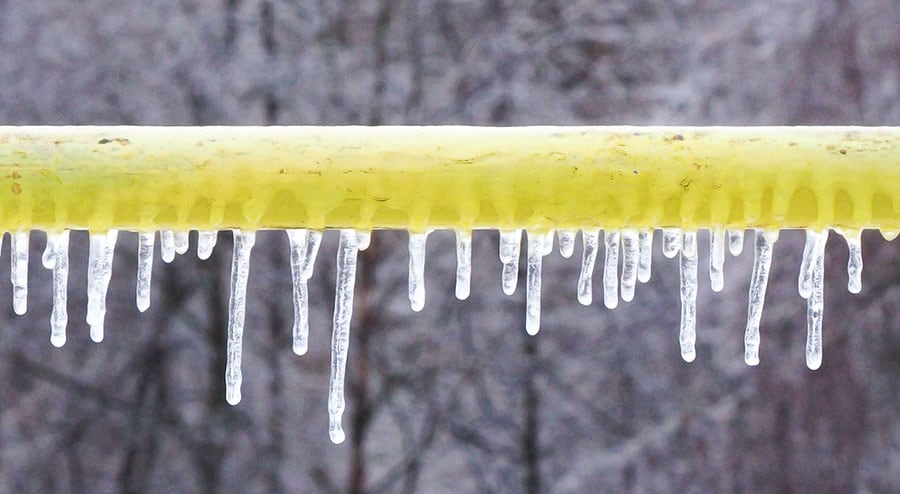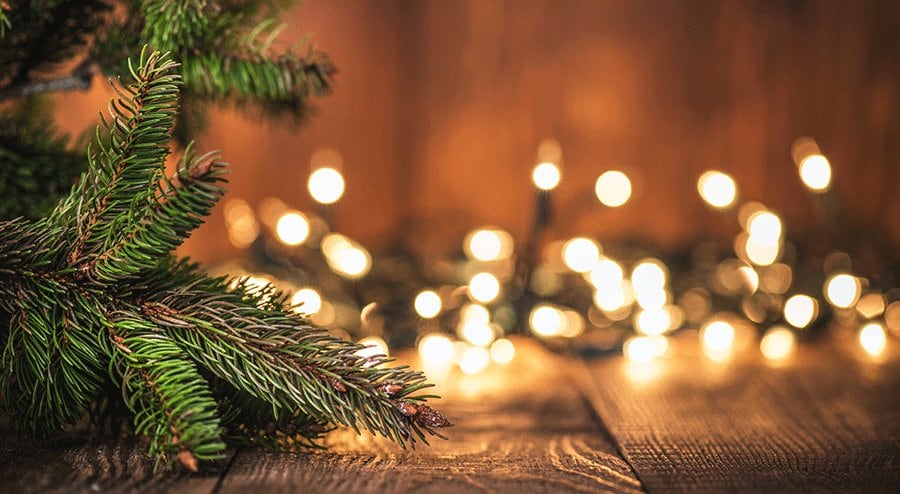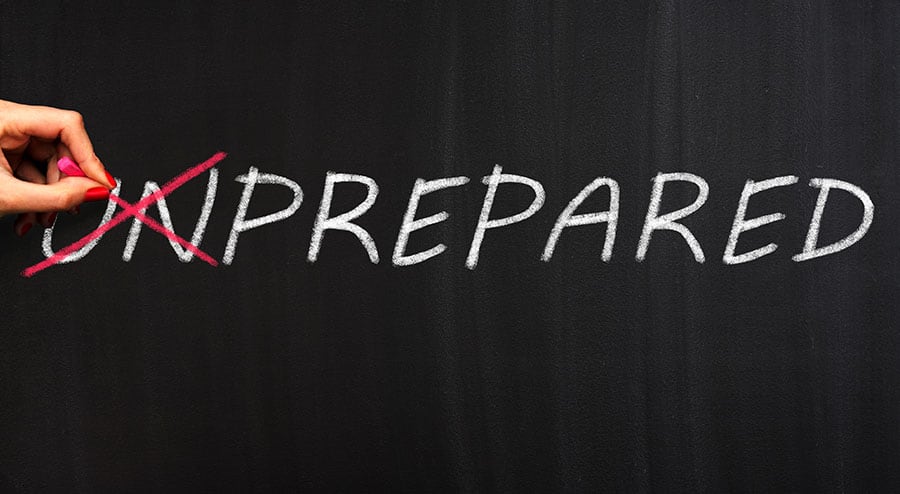Winter is a great time for families to come together and celebrate the end of another year. It is a time for fun and enjoyment as people catch up with one another and appreciate the finer things in life. But, the winter is also a time when fires are likely to occur in homes all around the country.
The cold weather often prompts people to start up fires or fire up their heaters to get them ready for use. Although they can help keep people warm, they can also become extremely dangerous.
In fact, there are many fire hazards in your home that could be a threat to everyone in your home this holiday season. They are not restricted to include fireplaces and heaters, either, but also include things like your Christmas lights, candles, and many kitchen and household appliances. These can also produce intense amounts of heat and flames that can spread quickly throughout the home if not handled carefully enough.
With these points in mind, it is vital that you look at what you can do to keep your home protected this winter season with the following safety tips. As well as smoke detectors and carbon monoxide alarms, there are a few helpful pointers you can use to keep your family safe in the winter and to keep home fires from becoming a threat.
1. Keep Your Fireplace Well Maintained While Being Fully Covered

The first thing to do is to watch how your fireplace is taken care of. This is regardless of whether you have an electric fireplace or a traditional wood-burning unit.
To start, you must always use a cover your fireplace. A fireplace screen can be put over the fire to keep people—especially children and the elderly—from getting in direct contact with the fire or the heat source.
Next, you should look at the source of heat itself. For a traditional fireplace, you must replace the wood logs regularly. Anything that has worn out and has too many ashes should be replaced with fresh logs that burn cleaner and can easily control how the flame moves about. Don’t forget to also clean out any old ashes or debris from your fireplace before starting it up again.
An electric fireplace should be tested to ensure its wiring is perfect and that it is producing enough energy while allowing the heat it generates to move out cleanly. It must produce enough heat to keep people warm while still producing it at a consistent rate.
Be responsible when putting the fire out too. Baking soda is useful for a traditional fire as it contains sodium bicarbonate, a compound that is also found in fire extinguishers. Wait until the next morning to clean out the ashes from the fireplace. Bring those ashes to a separate metal container outside your home so they can cool off.
Also, you must get your fireplace chimney cleaned out every year if you have one. A chimney can develop creosote deposits produced by the tar from within your chimney’s surface. A cleaner can help with brushing out the creosote deposits to ensure the chimney is safe and fully functional.
Do not forget to watch for what goes around your fireplace. Although a cover can be useful, the heat generated by the fireplace can still radiate enough to warm up anything around it. Always keep paper and other flammable materials away from your fireplace. Keep a range of about six to twelve inches between the fire and other things in your home.
2. Be Safe In The Kitchen. Watch For How The Kitchen Operates and Who Is In It

Be cautious with how your kitchen operates during the winter. It can be fun to cook food for everyone in the family but you must still be cautious when doing so.
Watch for how any appliances you are using. Always shut off anything if you notice any smoke or if it starts to act strangely.
Always stay in your kitchen when the stove top is on. This part of your kitchen is the area most likely to catch fire.
Keep all pot handles positioned towards the back of your stove, or at least as far away from the naked flame as possible. This is to keep people from potentially knocking them over or them melting in the direct heat.
More importantly, make sure you have enough room to move freely around your kitchen. Do not let lots of people into your kitchen at the same time as it might become too crowded. This could put people at an increased risk of tripping on something or toppling anything over in your kitchen and causing even more trouble.
Keep the lids for all your pots and other utensils out in the open while you are cooking. This is to keep any easily containable fires from potentially spreading. A pot can help calm down a fire before it could spread around. Don’t forget to shut off the heat source for whatever is on fire too.
Don’t forget to think about the clothes you wear while in the kitchen. Always roll up your sleeves before getting to work so your clothing will not potentially catch fire.
3. Manage Any Heaters Inside Your Home With Care

Heating equipment inside your home, particularly space heaters, can be dangerous. A heater could produce enough hot air to burn something in your home. The great deal of power needed to start up a heater could increase the chances of home fires starting up.
Always keep your heaters anchored in place properly. Look for any fasteners or security features that you can add to keep a heater from toppling over.
Use a timer on your heater if your model does not have one. A heater can be applied to a power outlet and can allow that heater to work for a specific period of time. A smart timer could even stop the heater if you do not adjust it within a certain period.
Always keep your heaters at least three feet from anything in your home. These include décor items, furniture, and especially any fabrics in your room.
4. Use Your Christmas Lights Responsibly

Watch for how you arrange your Christmas lights. Although great lights can be decorative and festive, they can also be risky if you do not place them properly or you overload the extension cord.
Do not leave your Christmas lights running all day long. Use a timer that activates them at some point in the evening. Let the timer run the lights for a few hours while shutting your lights off around midnight or so. This is to not only keep the lights from overheating but to also allow the neighbors to get a bit of sleep.
Also, you must avoid linking up far too many lights at a time. Do not link up more than three strands of lights in a row. Adding too many lights in a row can create a significant fire risk due to the energy and heat produced.
Watch for any open ports around your lights too. An open area where a bulb is supposed to be placed in could be a fire hazard due to the amount of energy being produced by that light.
5. Use Candles Appropriately

The next thing to do is to check on how you use candles. First of all, you must be careful when lighting candles. They might produce nice scents but an open flame can be risky in any situation.
Always keep your candles away from anything flammable. These include wooden floors and any fabrics that might catch fire quickly.
Keep your candles at least two or three feet away from areas that people might get around. This is to prevent guests, family members or pets from potentially knocking a candle over.
Use a good container for your candle too. A glass container can keep the melting wax inside your candle from spilling over. It can also provide a nice shield over the open flame so it will not spread onto anything in your home.
6. Watch For How Decorations Are Arranged and Prepared.

The last tip to use is to check on how the decorations in your home are utilized. Many décor items in your home could be flammable.
To start with, look at your Christmas tree. Make sure the tree is placed in an area where heat will not get in the way. This is important regardless of whether you have a natural tree or an artificial one.
Watch for any potpourri that you plan on using in your home. The potpourri should be placed in a secure container where the scent can be noticed while still keeping the compounds from being exposed to heat sources. Many dried leaves and other items used in potpourri are flammable.
Look at how the indoor lights are used too. Although indoor Christmas lights typically do not use as much energy as outdoor ones, you must still watch carefully for how these lights start working.
Be safe this winter and make sure you keep your home protected from fires by following the above safety tips. The simple preventative strategies you have read about here are all valuable solutions that ensure you will stay protected inside your home.




